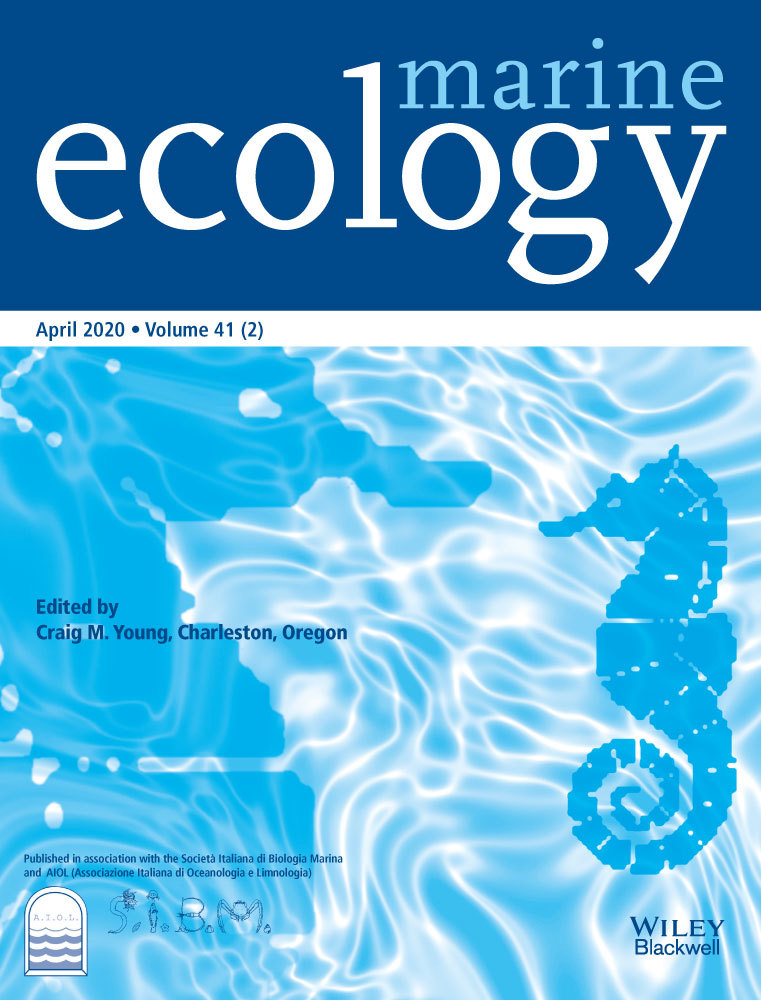. Vaquita: Science, Politics, and Crime in the Sea of Cortez. Island Press, 2018. 293 pp. ISBN: 9781610919319 (hardcover, $30.00), ISBN: 9781610919326 (E-book, $ 29.99)
J'ACCUSE
Ignorance, greed, corruption, poverty, black market, crime cartels, violence, and murder—what on Earth does all this have to do with marine ecology? The answer, unfortunately, is everything in the case of the vaquita and, upon more closely examining endangered species protection and nature conservation efforts elsewhere in the world, a whole lot generally.
The vaquita (Phocoena sinus), the world's smallest cetacean and the most endangered marine mammal, is endemic to the upper Gulf of California and was first described in 1958. Its fate is closely intertwined with that of shrimp and the totoaba (Totoaba macdonaldi), not necessarily with the species themselves but with the fishing being conducted on them. Both fisheries initially collapsed within only two decades in the 1970s and 1980s due to unrestrained resource extraction. But not before taking the vaquita with them, as Brooke Bessesen so admirably describes in her book. The totoaba, a very large fish, is still profitable or, better said, extremely profitable to fish because their swimbladders are highly prized in China. Amazingly enough, the totoaba itself is the first marine fish ever considered to be endangered, making the CITES list in 1976. It is illegal to fish them. To make the story short, fishers fishing illegally for an endangered fish species with gillnets are driving another critically endangered species, the vaquita, to extinction.
Pre-gillnet populations of vaquita were an estimated 5,000 individuals. This number declined to less than 600 in the 1990s, with a survey in 2008 then yielding only 245 individuals. In 1997, the International Committee for the Recovery of the Vaquita (CIRVA) was founded. In 2003, a new Vaquita Refuge measuring eight hundred square miles was established and gillnet fishing banned within its boundaries. This all against the background of ecological changes in the Gulf related to the damming of the Colorado River by the Glen Canyon Dam in the US, which completely halted the flow of a major river into the Gulf of California. A 100% marine ecology story.
In a follow-up to the EU opening-statement, Austria has always taken a keen interest in the core responsibility of the IWC, namely to protect whale and dolphin populations and species from extinction. We have had one worst case scenario very recently, the extinction of the baiji in China. My fellow commissioners, we are on the brink of another worst case scenario, this time it is the vaquita in Mexico.
When a bridge collapses, someone takes responsibility. When a bank goes under, there is shame and someone takes responsibility. Fellow delegates, how much greater must the responsibility and shame be when a highly evolved mammal species is lost forever?
We are approaching that point once again. The IWC's Scientific Committee has been telling us this for some time now, in the strongest language they have at their disposal. Frankly, it's time for diplomatic niceties and step-wise strategies to take a back seat to immediate, concrete action with no compromise. We must do this for the sake of these cetaceans, and we must do it for the credibility of the IWC—we fear our organization is about to be shamed. We are already in the dock of the court of world opinion, of civil society, and under the eternal judgment of future generations on this issue; the verdict will not be pleasant if we fail. We therefore call upon the Commission, the secretariat, the range state and NGOs to bundle and boost their efforts on the vaquita to an entirely new, higher level of urgency and resoluteness.
The subsequent efforts did not meet the standard (despite millions being spent and dedicated Mexican scientists): too hesitant, always one step behind, poorly enforced. J'accuse—I accuse: China (and do not forget the baiji) of being unwilling to halt the totoaba trade, the US as a major trafficking route for the swimbladders, and above all Mexico, which nigh-too unbelievably failed to effectively protect the vaquita in what should have been a no-brainer: a single, clearly defined species, in a single, small, clearly defined protected zone, with one clearly recognizable threat emanating from only 2–3 villages. A disgrace. Others have jumped in to pick up the slack. Brooke Bessesen notes the role of Sea Shepherd in patrolling the protected area and retrieving both ghost nets and freshly deployed nets. Any minus points that Sea Shepherd may have collected in some quarters for its activities against Japanese scientific whaling in the Southern Ocean have certainly been expunged by their heroic efforts in the Gulf of California. Nonetheless, as of this writing, only an estimated dozen vaquita individuals remain. Brooke Bessensen, in her Epilogue, describes the failed attempt to capture vaquitas and keep them in captivity until the threats in the Gulf cease. For those who want to see in color the complex and multifaceted story that Brooke describes in her book, I recommend the new film “Sea of Shadows.”
The tale told in “Vaquita” is not only disheartening, it is downright criminal—criminal negligence and active criminality on all fronts, as the book's subtitle highlights. This, however, is precisely what most of us marine ecologists with any connection to fieldwork are confronted with today, making this book a case study for the situation worldwide. Whether this book drives you to tears or makes you red-hot angry, do not take it sitting down. Step up, take action and make an effort to do what is increasingly being asked of us researchers by the scientific community, by society as a whole and by common sense, namely for us to be heard beyond the confines of our published papers in scientific journals.




